While you may know that multiple diverging diamond interchanges (DDIs) are coming to Central Florida as part of the I-4 Beyond the Ultimate project, you may not know how the Florida Department of Transportation (FDOT) converts the area’s standard diamond interchanges into DDIs.
“Changing from a standard diamond interchange to a DDI is not overly complicated,” said Gilbert Chlewicki, P.E., the original designer of the DDI. “Generally, no more right of way is needed in a DDI…although there sometimes may be very slight additions to account for some curvature.”
The most important aspect of converting an interchange to a DDI is determining whether an existing bridge must be widened. If a DDI is over the interstate, it can generally be built without widening the bridge. If the DDI is under the highway, however, the bridge may have to be widened, especially if lanes are being added to accommodate traffic or if additional space is required for pedestrian and bicycle access.
After right of way is acquired and bridge work is complete, conversion to a DDI simply involves moving the curb to accommodate the new traffic pattern and then paving, installing signs and signals, and marking the pavement.
The time required to convert a standard interchange into a DDI depends on how much bridge work is needed and the amount and extent of closures that are able to occur during construction. For I-4 Beyond the Ultimate, interchanges at County Road 532, Daryl Carter Parkway, and Sand Lake Road (State Road 482) will remain open to maintain local traffic, although periodic lane and ramp closures will be necessary for crews to complete the work.
For more information on DDIs, please visit I4Beyond.com/DDI.
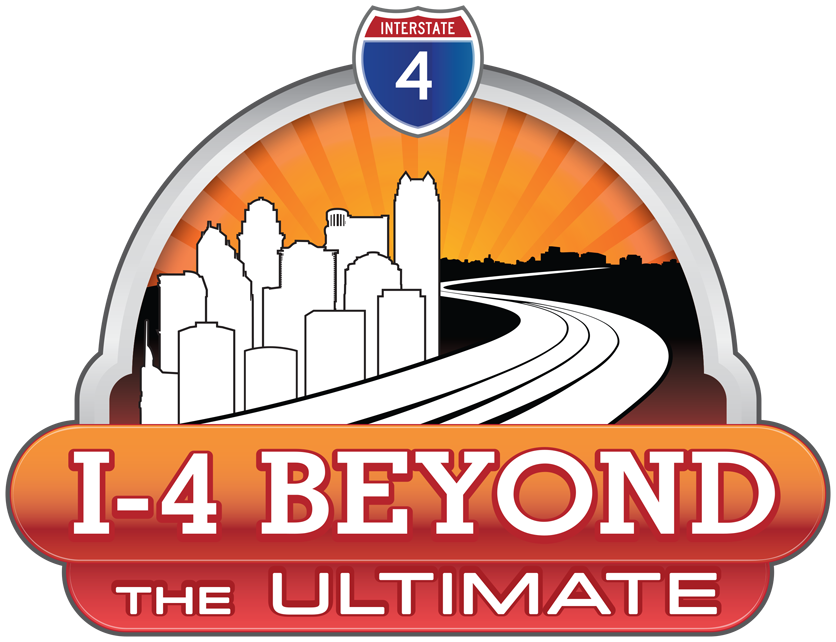


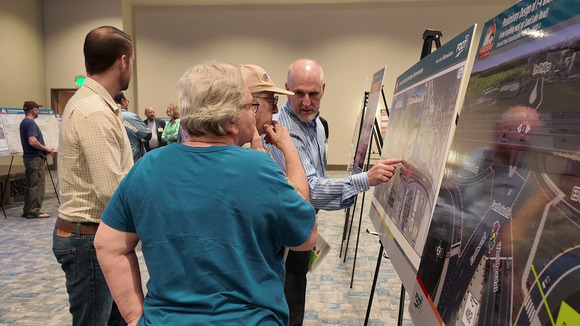 FDOT Open House Updates Public on I-4 Improvements in Orange County
FDOT Open House Updates Public on I-4 Improvements in Orange County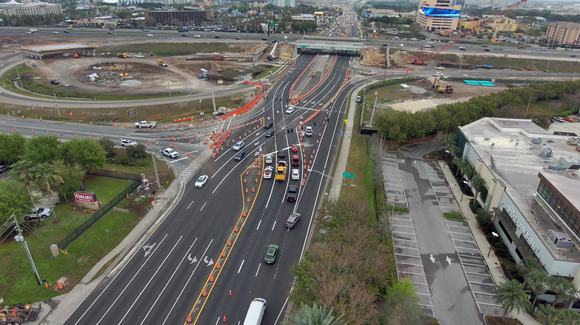 ATTENTION DRIVERS: New Traffic Pattern at I-4 and Sand Lake Road
ATTENTION DRIVERS: New Traffic Pattern at I-4 and Sand Lake Road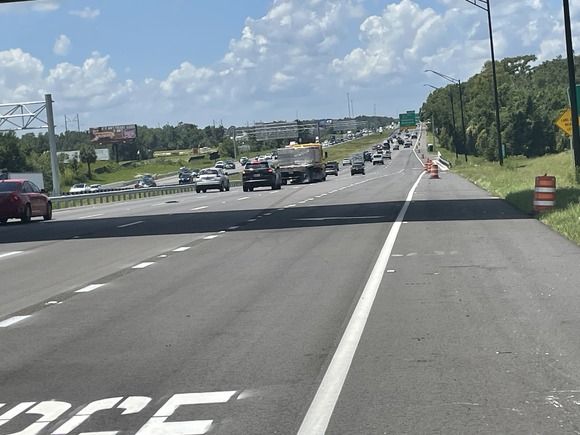 Auxiliary Lanes Helping to Increase Capacity and Safety on I-4
Auxiliary Lanes Helping to Increase Capacity and Safety on I-4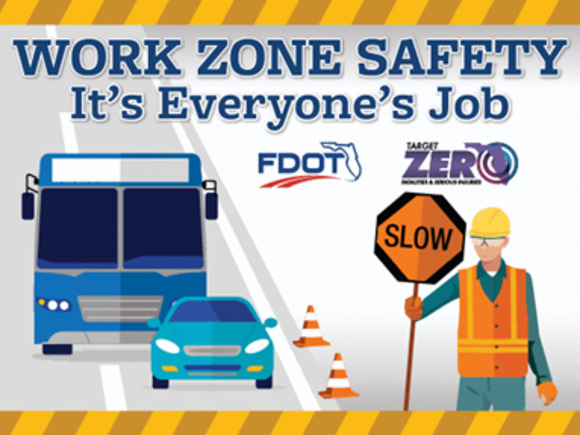 National Work Zone Awareness Week Coming in April
National Work Zone Awareness Week Coming in April